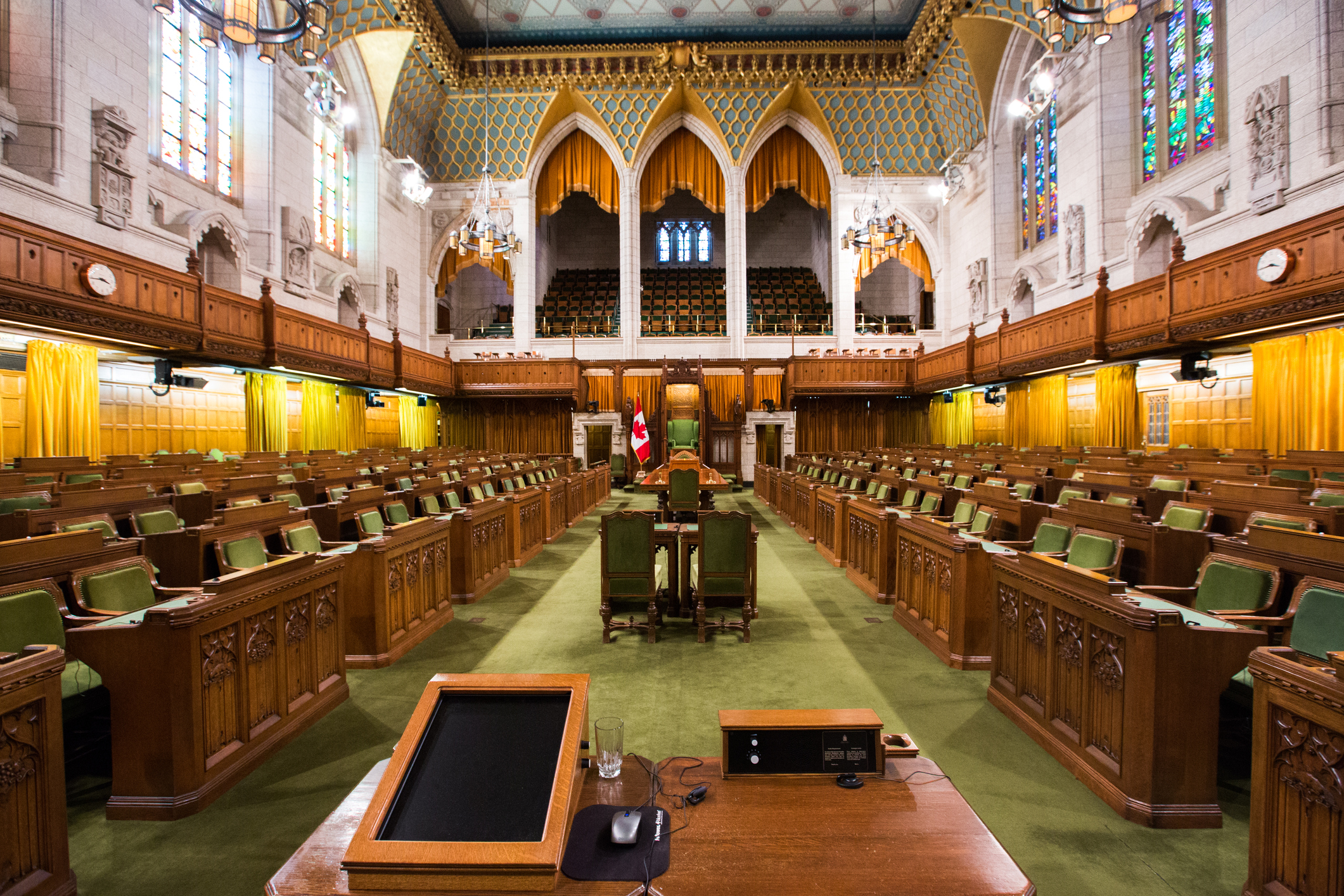Last week, Northern Affairs Minister Dominic LeBlanc introduced Bill C-88 to the House of Commons, which will retain the Northwest Territories’ four regional land and water boards.
In 2014, the Mackenzie Valley Resource Management Act (MVRMA) was amended as part of legislation surrounding the devolution of the Northwest Territories. The legislation included changes that sought to restructure the Mackenzie Valley Land and Water Board.
“The current land and water boards’ composition reflects 50-50 … decision making between First Nations and the federal government, and I think the superboard’s proposed structure would have changed that, and that’s why various parties voiced their concerns,” said Ryan Fequet, executive director of the Wek’eezhii Land and Water Board, to the CBC. “It’s great that this legislation has been introduced into the House.”
At the time, a number of Indigenous governments and organizations in the Northwest Territories raised concerns about the planned restructuring. The Tłįchǫ Government and Sahtu Secretariat Inc. filed for an injunction with the Supreme Court of the Northwest Territories to suspend the related provisions. They were granted the injunction in February 2015.
Consequently, Canada launched a consultation process with the relevant parties, including Indigenous governments and organizations in the Northwest Territories, the territorial government, and other stakeholders to find a way forward.
Bill C-88 is the result of those consultations and was introduced to the House on November 8th. The Bill proposes to repeal the provisions of the Northwest Territories Devolution Act that would have restructured the four land and water boards in the Mackenzie Valley, and instead retain the current board structure of:
- Mackenzie Valley Land and Water Board;
- Gwich’in Land and Water Board;
- Sahtu Land and Water Board; and
- Wek’èezhìi (Tłįchǫ) Land and Water Board.
The Bill also re-introduces regulatory provisions that were included in the Northwest Territories Devolution Act but did not come into force following the court injunction. The provisions were revised to function under the four-board structure and provide for the following:
- An enforceable development certificate scheme following environmental assessments and environmental impact reviews.
- Clarification on equal proportions of nominees from government and Indigenous governments and organizations.
- The extension of a board member’s term during a proceeding to ensure board quorum is maintained until the conclusion of an application decision.
- A ten-day pause period between a board’s preliminary screening decision and the issuance of an authorization to allow for other bodies under the Act to refer a project to an environmental assessment.
- An Administrative Monetary Penalty scheme that will provide inspectors with additional tools to enforce compliance under the Act.
- Regional studies that provide the Minister with the discretion to appoint committees or individuals to study the effects of existing and future development on a regional basis.
- The authority to develop cost-recovery regulations that would provide the Government with the ability to recover costs associated with proceedings.
- The development of regulations respecting consultation, which would help clarify the procedural roles and responsibilities respecting Indigenous consultation.









